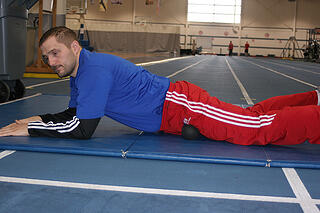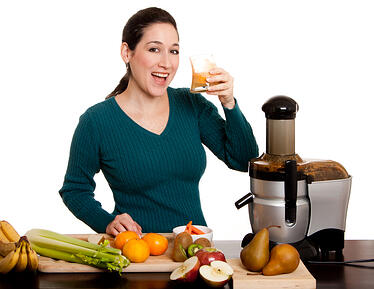 For people new to fitness, creating a healthy body image can be as challenging as creating a workout or diet plan. What do we consider healthy and why?
For people new to fitness, creating a healthy body image can be as challenging as creating a workout or diet plan. What do we consider healthy and why?
Unfortunately, for the majority of our lives, Americans have been shown and told through various media what it means to be healthy. This heavy load of misguided information can lead individuals down the road to anorexia, depression, low self-esteem and unhealthy choices. The obsession with body image can be overwhelming, but with good advice, a smart goal set in mind, and a positive attitude, you may have a clearer path to fitness prosperity and healthy living.
Change Your Attitude
As cheesy as it may sound, the first thing you will want to do to reprogram your outlook is to list a minimum of 10 good things about yourself that have nothing to do with appearance. Then set some realistic goals, keeping in mind that you should not compare yourself to others in that we are all given a completely unique set of DNA and are different. Fad diets only work in the short term, provide little to no answer and can compromise your health by creating a “yo-yo” effect.
Tools for Getting Started on Your Fitness Journey
In moving forward with your program, there are some tools that can be very effective and healthy to get you on your way. For individuals wanting to know how many calories they should consume in a day, there is the Resting Metabolic Rate test (RMR for short). The RMR test can tell you if your calorie intake is too much or too little for what your body and goals require.
For the scale obsessed, I suggest a much healthier option, the BodPod, which measures body fat percentage and composition. Your body composition is linked to health; risky high body fat percentage is linked to various health issues such as heart disease and diabetes.
Yet another option could be meeting with a registered dietician (RD). An RD is educated and trained to help you excel in your goals using wiser diet and nutrition choices, along with exercise. Find out more about NIFS nutritional coaching options.
With all the pros of having a positive body image, including improved self confidence, lower stress and a healthier body, the only question is, “Why didn’t I start sooner?” Your first step to fitness prosperity lies right in front of you. Take a chance with a new outlook and just be you.
This blog was written by Thomas Livengood, NIFS Health Fitness Specialist. To find out more about the NIFS bloggers, click here.


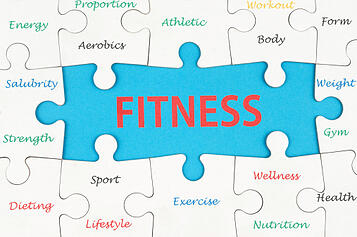 Along the way, I have learned that fitness and wellness can seem quite complicated. Various mentors, self-described gurus, professors, doctors, and muscle magazines have provided us all with enough quick fixes, miracle workouts, and “sound” advice to help us become the person we want to become (and also fill an encyclopedia). Probably the best advice anyone has given me would be the old saying, “Find something you love to do, do it, and do it well.” If you do not love any form of fitness, whether it is ice hockey or
Along the way, I have learned that fitness and wellness can seem quite complicated. Various mentors, self-described gurus, professors, doctors, and muscle magazines have provided us all with enough quick fixes, miracle workouts, and “sound” advice to help us become the person we want to become (and also fill an encyclopedia). Probably the best advice anyone has given me would be the old saying, “Find something you love to do, do it, and do it well.” If you do not love any form of fitness, whether it is ice hockey or 
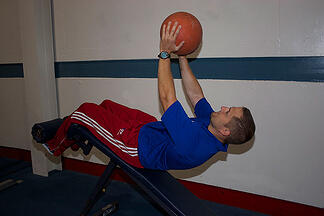
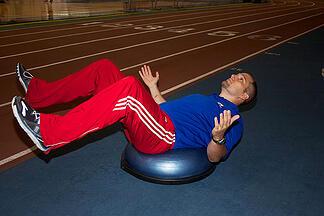
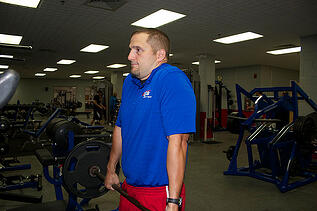
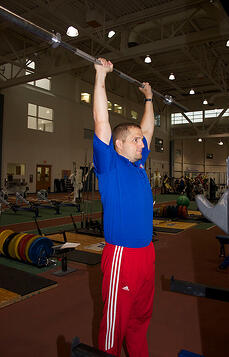

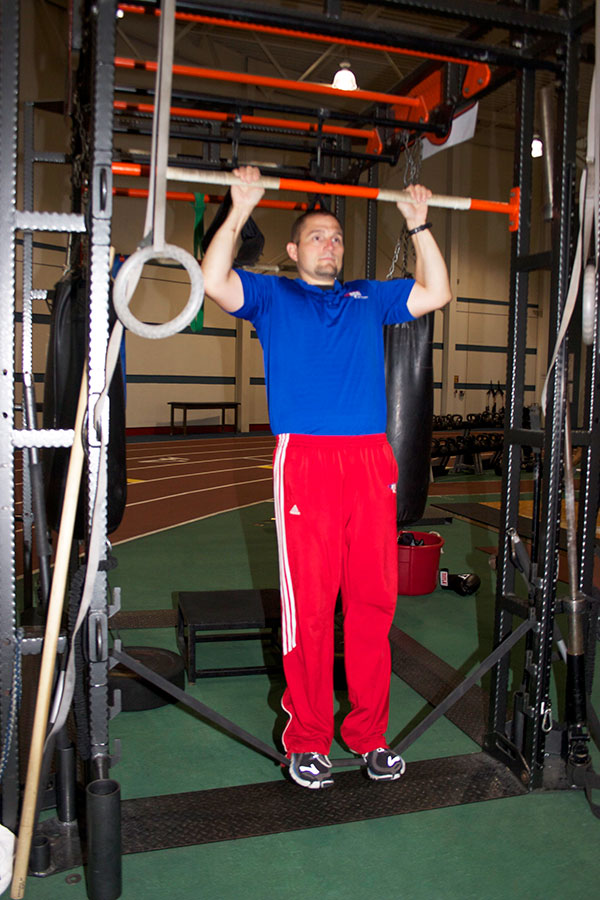
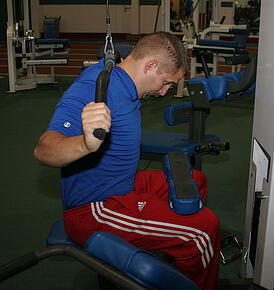
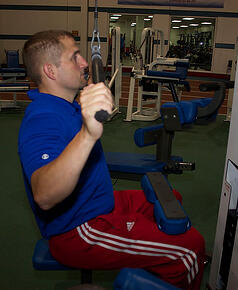
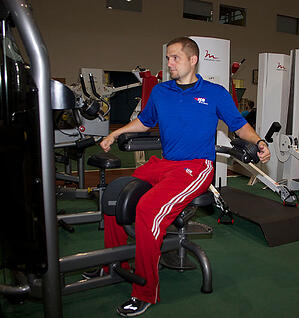
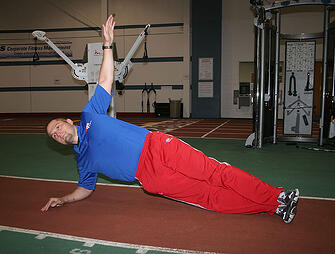
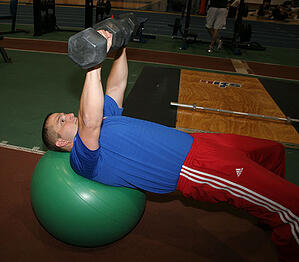
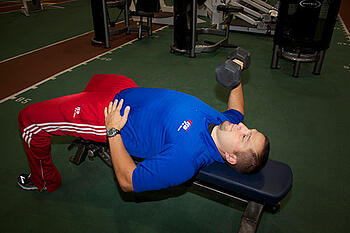
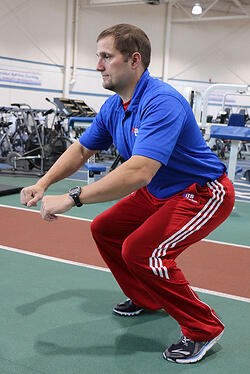
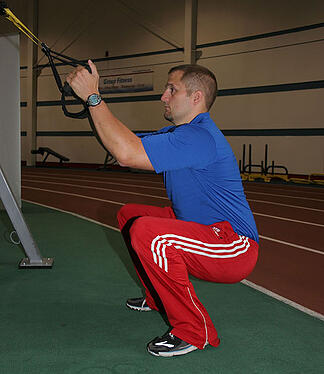
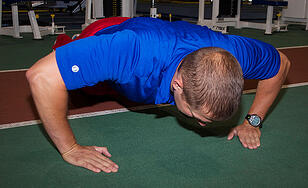
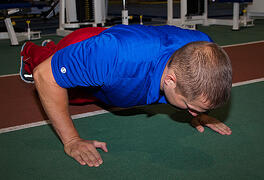
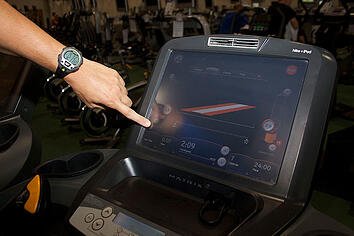 Walking on a treadmill can be great exercise, but something that some people do not realize is that it can be misleading. When you walk around the track, at the grocery store, or at the park, one constant force is always there: gravity. Gravity is something we have to deal with and respect. Our body takes on this extra resistance as a challenge. This is not exactly the same on a treadmill; this is not to say that it is zero gravity, but there is less difficulty walking at a zero incline on a treadmill than walking around the track. I suggest setting your treadmill incline to a minimum 1% incline, which will not only give you a better calorie burn, but also a better cardiovascular workout.
Walking on a treadmill can be great exercise, but something that some people do not realize is that it can be misleading. When you walk around the track, at the grocery store, or at the park, one constant force is always there: gravity. Gravity is something we have to deal with and respect. Our body takes on this extra resistance as a challenge. This is not exactly the same on a treadmill; this is not to say that it is zero gravity, but there is less difficulty walking at a zero incline on a treadmill than walking around the track. I suggest setting your treadmill incline to a minimum 1% incline, which will not only give you a better calorie burn, but also a better cardiovascular workout.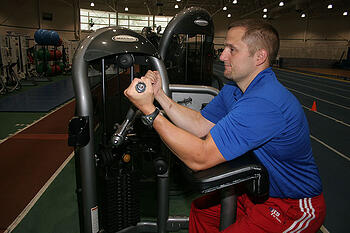
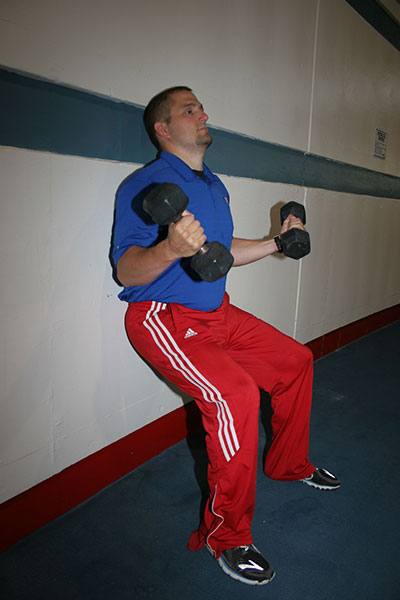
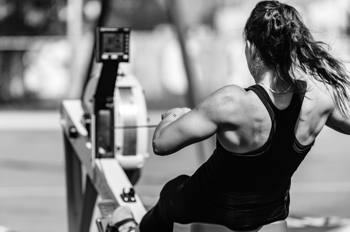

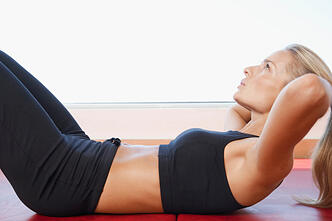 The ideal, desired image of six-pack abs plastered on the cover of every magazine tells us so…right? To get where you want to be, you will have to have a game plan. Ten thousand crunches per day should do the trick, right? Well not necessarily.
The ideal, desired image of six-pack abs plastered on the cover of every magazine tells us so…right? To get where you want to be, you will have to have a game plan. Ten thousand crunches per day should do the trick, right? Well not necessarily.
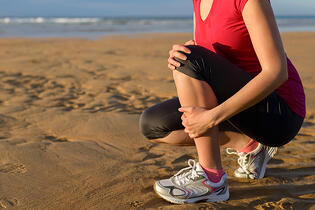
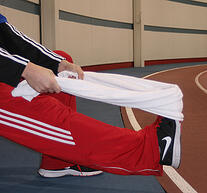
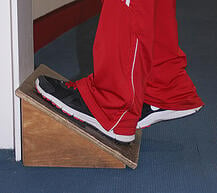 For shin splint prevention, begin a stretching routine that includes standing calf stretches (shown to the right using a slanted service), Achilles tendon stretches (shown using a towel for better range of motion), as well as a well-rounded dynamic warm-ups.
For shin splint prevention, begin a stretching routine that includes standing calf stretches (shown to the right using a slanted service), Achilles tendon stretches (shown using a towel for better range of motion), as well as a well-rounded dynamic warm-ups.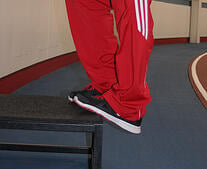
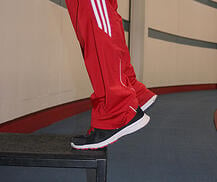
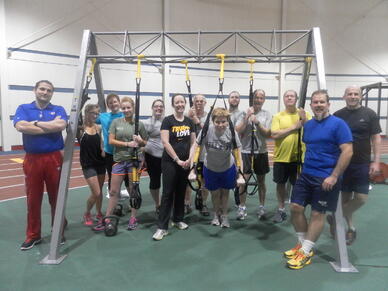
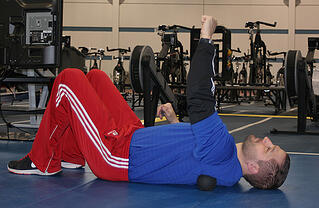
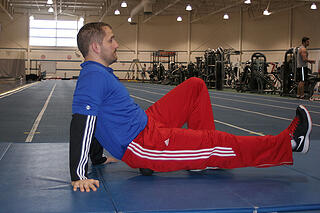 you are targeting).
you are targeting).